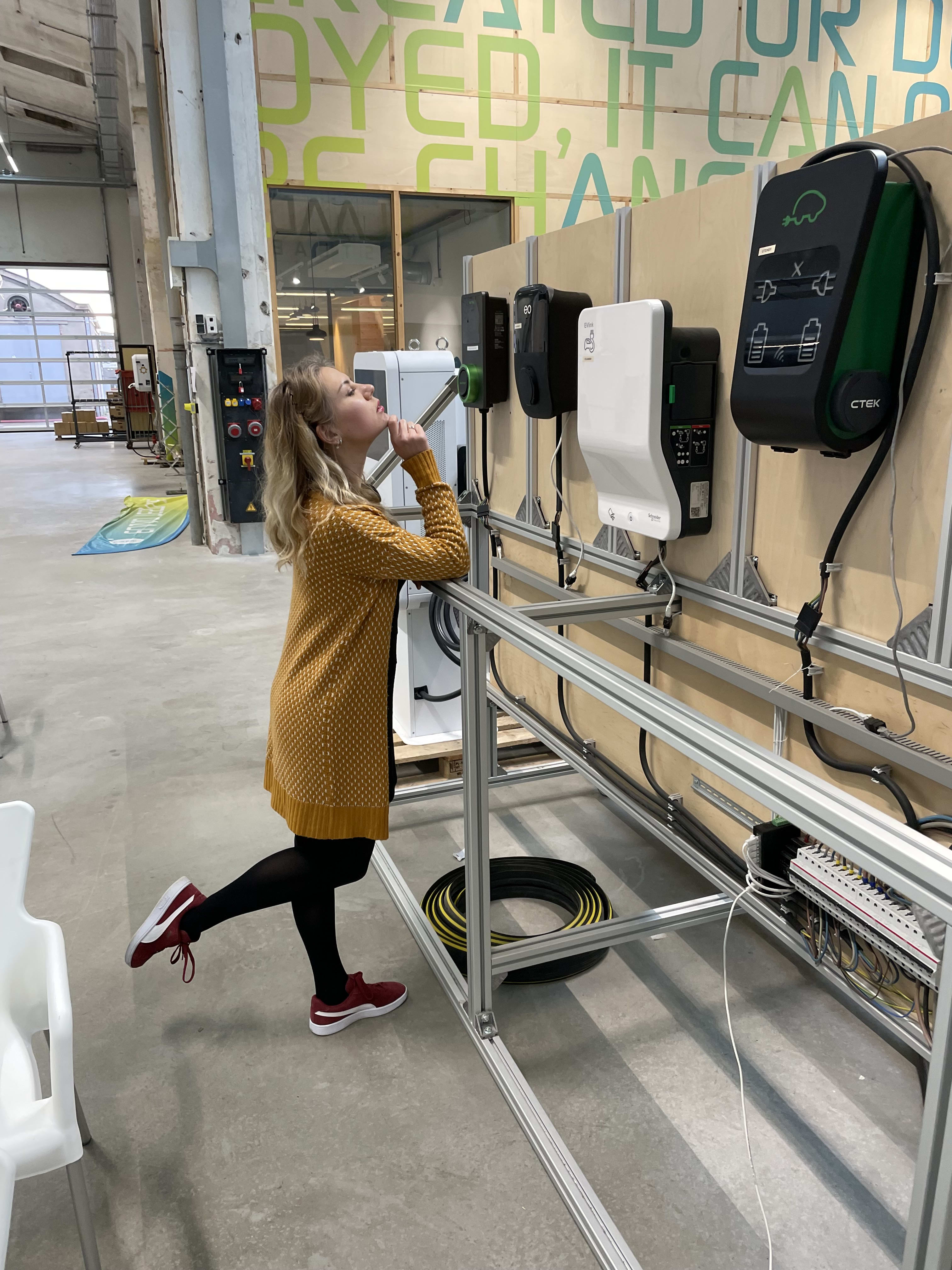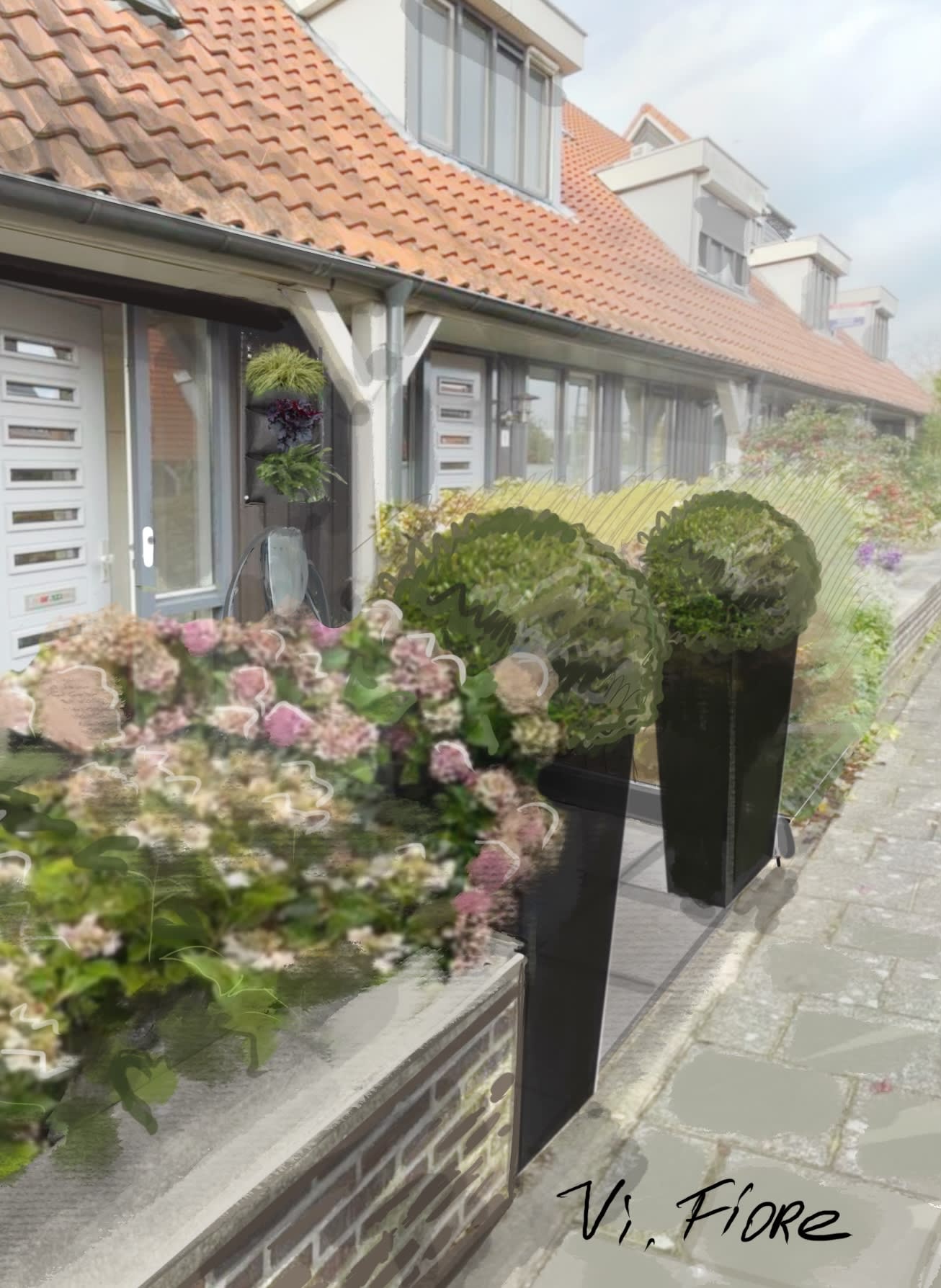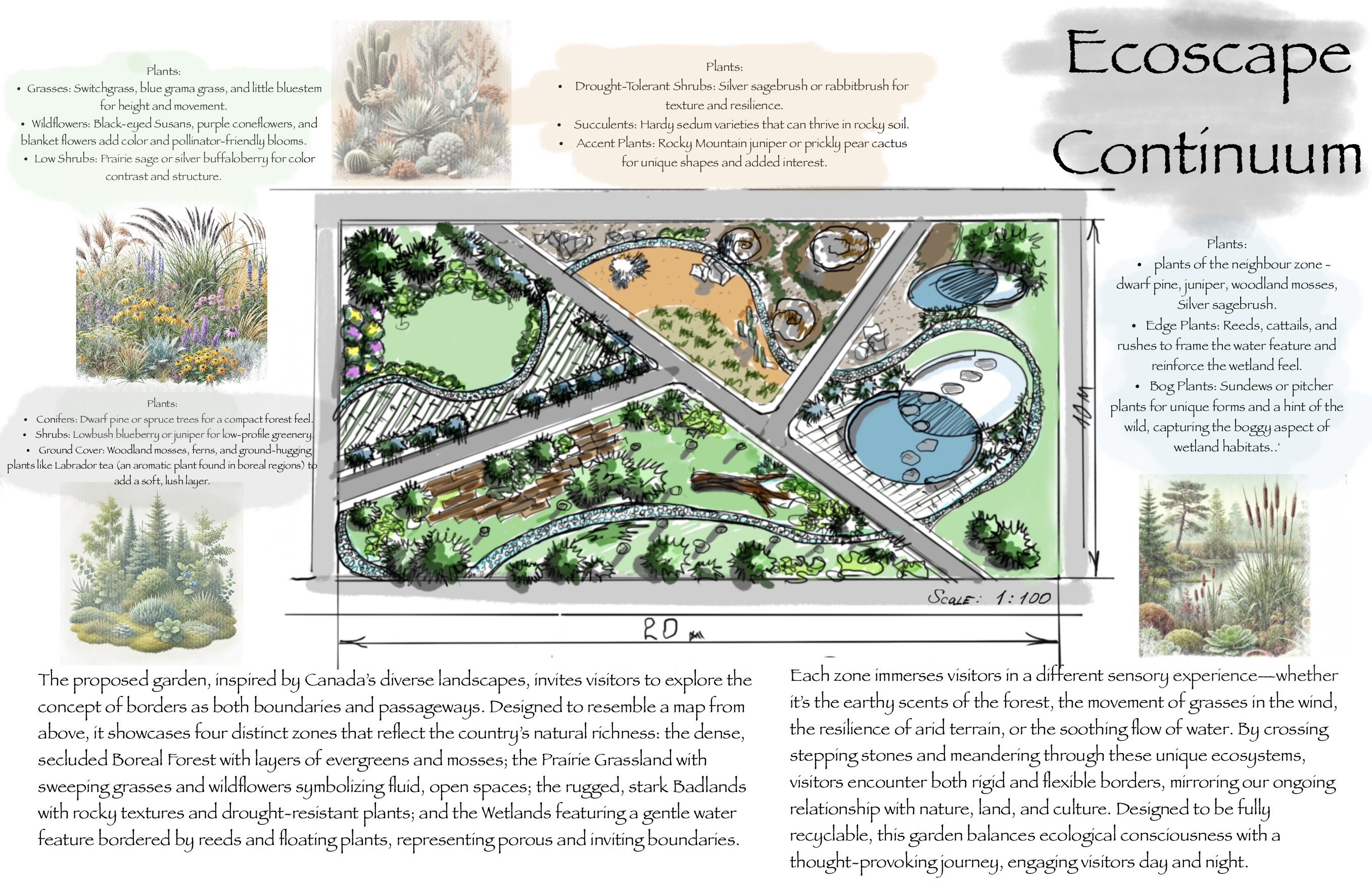In my recent garden design projects, I faced the unusual task of implementing charging stations for electric cars. These stations were installed on the facades of private homes, and my role was to ensure the entrances remained aesthetically attractive while still being practical to use. Today, I am excited to share a few tips with you.
Here are some tips :
1. Vertical Greening: Continue to use vertical greening on walls. It effectively diverts attention from the devices and adds a lush, natural element to the space. Choose plants that are easy to maintain and thrive in the local climate.
2. Hidden Integration: Design custom enclosures or casings for the chargers that blend seamlessly with the architecture of the house. These can be made from materials that match the facade, such as wood, stone, or metal.
3. Strategic Placement: Position the chargers in less prominent areas of the facade, such as near the edges or within recessed areas, to minimize their visual impact.
4. Camouflage Techniques: Use trellises or lattices with climbing plants to partially obscure the chargers. This creates a natural screen that hides the technology while enhancing the garden’s aesthetic.


5. Lighting Design: Incorporate subtle lighting around the chargers to make them accessible at night without drawing attention. Soft, diffused lighting can highlight the surrounding plants and architectural features rather than the device itself.
6. Consistent Color Palette: Choose chargers and enclosures in colors that match or complement the house’s exterior. This helps them blend in rather than stand out.
7. Design Harmony: Ensure that all technological elements, including the chargers, follow the overall design language of the house and garden. This creates a cohesive and harmonious look.
8. Functional Landscaping: Integrate the chargers within functional landscape features, such as within a garden bench or under a pergola, where they can be easily accessed but are not the focal point.
9. Artistic Elements: Consider incorporating artistic elements such as sculptures, water features, or decorative screens near the chargers. These can draw the eye away from the technological components and add an extra layer of interest to the garden.
10. User Convenience: Ensure the placement of the chargers is convenient for the users. They should be easily accessible without compromising the design aesthetics. Think about the practical aspects like cable management and the ease of plugging and unplugging devices.
By thoughtfully integrating electric chargers with vertical greening and other design elements, you can create a beautiful, functional, and modern garden space that meets user needs without sacrificing aesthetics.



